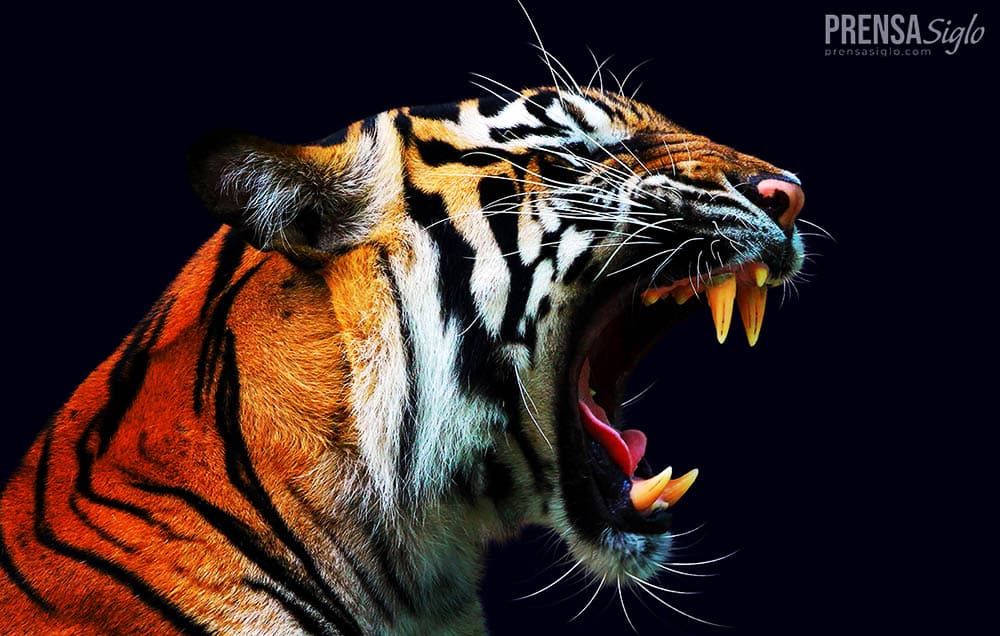Have you ever wondered why certain animals are so prominent in our culture and stories? From the cunning fox in Aesop’s fables to the wise owl in many ancient myths, animals play a significant role in our folklore. Their representation ranges from wise and noble creatures to cunning and treacherous ones. Journey with us as we explore the magic and power of animals in folklore.
The Cultural Significance of Animals in Folklore
The representation of animals in folklore has varied from region to region and culture to culture. Animals have been personified and given human qualities to symbolize cultural characteristics, beliefs, or societal norms. These representations have evolved over time and have taken on new meanings and interpretations.
In many Native American cultures, animals are seen as sacred and are believed to have spirit guides. Animal spirits are used in rituals and ceremonies as they are believed to have the ability to communicate with humans and the spiritual world. The eagle, for instance, is a symbol of strength, courage, and freedom in many Native American tribes.
In Hinduism, animals play an essential role as animal reincarnation is a well-known concept. Depending on an animal’s karma and behavior, it may be reborn into a different life form. Cows, in particular, are revered and considered sacred in Hinduism. They are seen as a symbol of wealth, motherhood, and purity.
In African folklore, animals are often portrayed as tricksters, shape-shifters or shape-shifters. The spider, for instance, is a popular character in African myths and legends as it is known to be a cunning and clever creature. Spider is known for its wisdom, and his miraculous webs are said to be a symbol of divine creation.
Animal Symbolism in Mythology
Animals have also played critical roles in ancient mythologies. Different cultures have attributed unique meanings and symbolism to animals. These representations can vary from one culture to another, but the significance often remains unchanged.
In Greek mythology, the owl is seen as a symbol of wisdom, represented by the goddess Athena. The snake is also a significant symbol in Greek mythology, and it represents rebirth and transformation. In ancient Egypt, the cat was a symbol of grace and beauty and was widely worshipped.
In Hindu mythology, the snake is seen as a symbol of eternity and immortality. It is also believed to be associated with Lord Shiva and represents the subconscious and hidden knowledge. On the other hand, the elephant is seen as a symbol of patience and strength in Hindu mythology.
The Significance of Animal Colors in Folklore
Animal symbolism is often tied to their color as different colors can give new meanings to an animal. In some cultures, specific colors are believed to possess unique properties and powers.
In Chinese culture, the dragon is depicted in different colors, each with unique meanings. The red dragon is known for its strength and bravery, while the yellow dragon symbolizes the imperial family. The white dragon is believed to be a symbol of pureness and innocence, while the blue dragon represents the sky and the sea.
In Native American culture, the color white is a symbol of purity and spiritual guidance. The white bison, for instance, is believed to be a sacred animal and a messenger from the Great Spirit.
The Importance of Animal Tales in Folklore
Stories about animals have been told throughout history and have played a large role in shaping our cultural identity. These tales have taught us about bravery, cunning, and morality. Animal tales have also been used to teach children important life lessons and cultural beliefs.
One such story is the fable of the hare and the tortoise. The story teaches us the importance of perseverance, diligence, and humility. The hare, known for its speed and arrogance, loses the race to the slower but steady tortoise.
In Aesop’s fables, animals are personified to send moral messages. The story of the Ant and the Grasshopper teaches us the importance of hard work and preparation. The ant spends its time preparing for the winter while the grasshopper spends its time singing and dancing. When winter arrives, the ant is warm and well-fed, while the grasshopper is left to starve.
The Connection between Animals and Human Behavior
Animals have also been used as symbols to represent certain human behavior or characteristics. The fox, for example, is known for its cunningness and treacherousness. It is often used to represent a person who is deceitful or dishonest.
The lion, on the other hand, is representative of power and courage. It is often seen as a symbol of leadership and strength. Animals have also been used to represent different personalities and temperaments. In astrology, for example, the wolf is seen as a symbol of independence and self-reliance, while the dog represents loyalty and obedience.
Discovering the Magic and Power of Animals
The use of animal symbolism and imagery in folklore has been an essential element of our cultural identity. These representations have given us insights into our collective beliefs and values while teaching us important life lessons.
Exploring the power and magic of animals in folklore can provide us with a deeper understanding of our cultural heritage. We can learn about the wisdom and guidance that animals can offer us and appreciate the unique symbolism they represent.
Conclusion
Animals have been an integral part of our society since ancient times. From the symbolic representations in mythologies to the characters in fables, animals have played a significant role in our culture, traditions, and beliefs. Their representation and symbolism allow us to explore the mysteries and complexities of our world, providing us with a deeper understanding of ourselves and our cultural identity. Therefore, we must appreciate and cherish the magic and power of animals in folklore.
